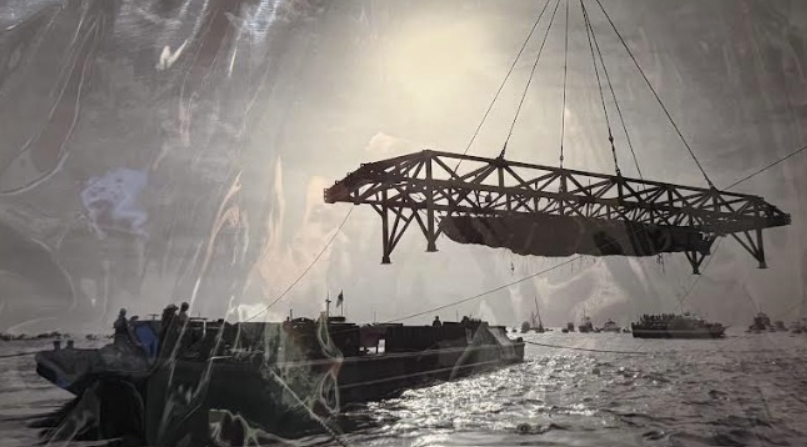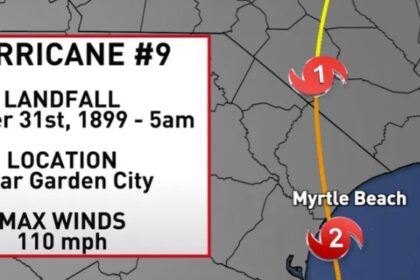The Civil War era was a challenging time for the country. Many arguments exist about why the war was fought in the first place. Ask several historians, and you will likely get different answers.
Another argument is which state was most impacted by the fallout. Even today, a ride through the countryside of South Carolina has constant reminders and warnings baked into our landscape if you know what to look for, especially in rural areas.
One topic that is not up for debate is the mental and physical toughness and courage of the Confederate Army and the great lengths they went through trying to make a stand against the Union. In July 1861, the two armies were nearly equal, with approximately 200,000 soldiers on each side. At the peak of the war in 1863, Union soldiers outnumbered Confederate soldiers by a ratio of 2 to 1. The Union forces totaled over 600,000 in January 1863.
On April 19, 1861, President Abraham Lincoln ordered Union forces to begin a blockade of all significant Confederate ports with the signing of the Proclamation of Blockade Against Southern Ports. Based on a plan by General-in-Chief Winfield Scott, the goal was to close all Confederate ports, preventing ships from exporting goods in support of commerce or delivering cargo and supplies to the South.

Once in place, the Union’s Blockade strategy was very effective, covering 3,500 miles of coastline and 12 major ports. It was starving the South of supplies, and the South grew increasingly desperate for any way to break the blockade and bring in much-needed supplies.
The Confederacy had to rethink battle tactics at sea, especially against the powerful and established Union Navy. A unique weapon had to be developed to break the blockade against the Union.
In April 1863, work began on The Hunley at Park and Lyons Machine Shop in Mobile, Alabama. Later that year, the submarine was launched for the first time and demonstrated promise during its initial trials. Unfortunately, the sub sank twice in a matter of months, on August 29, 1863, and October 15, 1863, resulting in thirteen deaths, including Captain Horace Hunley.
History is made: On a moonlit night in February 1864, the crew of the Hunley was given the calm sea they had waited for and embarked on their ambitious attack. The target was the USS Housatonic, one of the Union’s mightiest and newest sloops of war.
Around 8:45 p.m., several sailors aboard the USS Housatonic spotted something on the water nearby. One officer on deck thought it might be a porpoise, but the object continued approaching the ship. The crew finally realized it was no porpoise, and the alarm sounded with sailors firing into the water below, pinging the metal hull of the Hunley. Just below the water, the spar torpedo detonated, and the explosion blew a hole into the side of the ship, resulting in the Housatonic sinking in less than five minutes, killing five of the 155 on board.
Nearly forty-five minutes after the explosion, a Union crewmember claimed to see a blue light on the water. One record indicates- Lieutenant George E. Dixon had promised the troops at the battery if the Hunley was successful, he would signal to shore with two blue lights. The Confederates from nearby Sullivan’s Island say they saw the signal and lit a fire to guide the Hunley safely home, but she never returned. Instead, the sub and crew disappeared into the darkness of night, only to reappear 136 years later, on August 8, 2000.
Written By: John G. Clark Jr
Image: John G. Clark Jr


